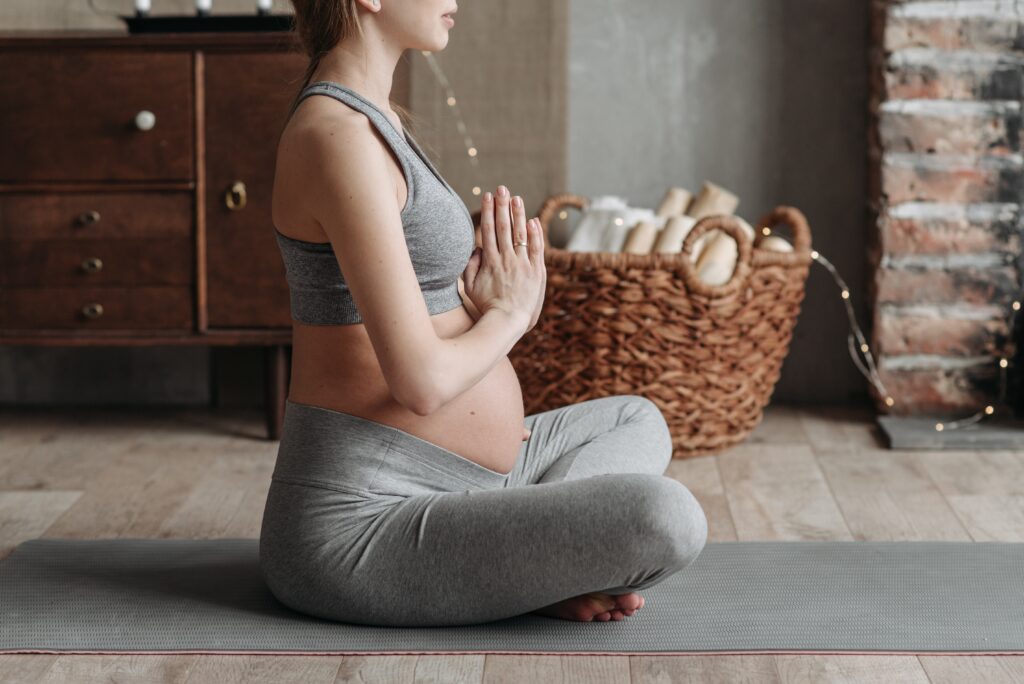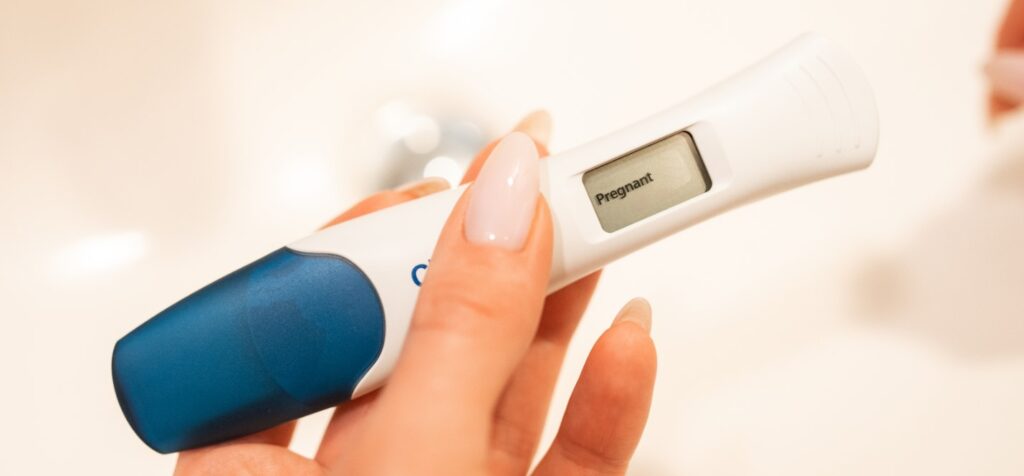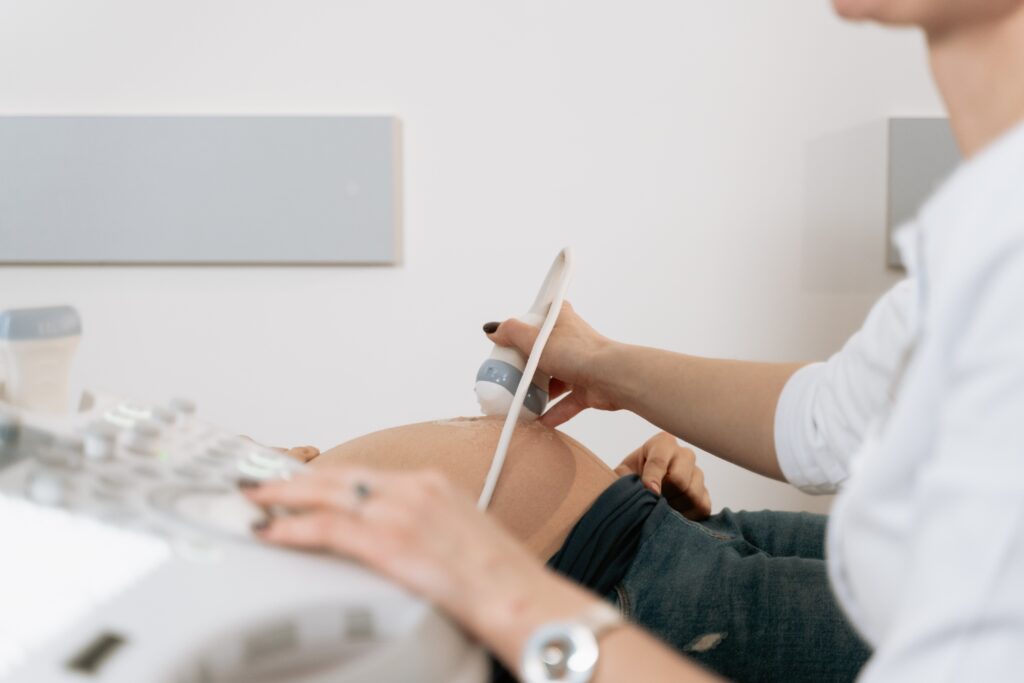Did you know that over 70% of pregnant women experience back pain at some point during their pregnancy? As your body undergoes many changes during pregnancy, aches and pains are common. However, you don’t have to suffer in silence. There are many ways to find relief and make your pregnancy journey more comfortable.
Causes of Aches and Pains in Pregnancy
As your baby grows, your body undergoes many changes that can cause aches and pains. Here are some common causes:
Changes in Posture and Weight Distribution
During pregnancy, changes in posture and weight distribution can lead to aches and pains. As your baby grows, your center of gravity shifts, causing strain on the lower back, hips, and pelvis. Additionally, as your belly grows, your abdominal muscles stretch, making it difficult to maintain good posture. This can cause strain on the neck, shoulders, and upper back.
To alleviate aches and pains caused by changes in posture and weight distribution, it is important to maintain good posture and avoid standing or sitting for long periods of time. Take frequent breaks and make sure to stand up and stretch regularly. Invest in a good quality maternity belt or support band to help take some of the weight off your belly and support your lower back. A chiropractor or physical therapist may also be able to help with any posture-related issues.
Hormonal Changes
During pregnancy, the body undergoes significant hormonal changes that can cause aches and pains. The hormone relaxin, for example, is produced to help relax the muscles and ligaments in the body in preparation for childbirth. However, this can also lead to joint and muscle pain, particularly in the hips, lower back, and pelvis.
To alleviate aches and pains caused by hormonal changes, it is important to stay active and exercise regularly, with your doctor’s approval. Low-impact exercises such as yoga or swimming can be particularly helpful. You may also find relief from gentle stretching and massage.
Physical Strain on the Body
Pregnancy can also cause physical strain on the body, particularly as the baby grows and puts more pressure on the organs and musculoskeletal system. This can lead to aches and pains in the lower back, hips, and pelvis.
To alleviate aches and pains caused by physical strain, it is important to practice good body mechanics and avoid heavy lifting or other strenuous activities. Instead, focus on light exercise and low-impact activities such as walking, swimming, or prenatal yoga. You may also find relief from massage or physiotherapy.
Sciatica and When to Seek Help
Sciatica is a common condition that can cause pain, numbness, or tingling in the legs and buttocks. It occurs when the sciatic nerve, which runs from the lower back down through the legs, becomes compressed or irritated.
During pregnancy, the risk of developing sciatica is higher due to the additional pressure on the lower back and pelvic region. If you experience persistent or severe pain, numbness, or tingling in your legs or buttocks, it is important to seek medical attention. Your doctor may recommend physiotherapy or other treatments to alleviate the symptoms.
Some Simple Physiotherapy Exercises to Alleviate Pain
Physiotherapy is a safe and effective way to manage aches and pains during pregnancy. With the help of a licensed physiotherapist, you can learn exercises and techniques to help alleviate pain, improve mobility, and support your body throughout your pregnancy journey. In this section, we will discuss some physiotherapy exercises that can help relieve pregnancy aches and pains.
Pelvic Floor Exercises
Pelvic floor exercises, also known as Kegel exercises, can help improve the strength and tone of the pelvic floor muscles. These muscles play an important role in supporting the bladder, uterus, and rectum, and can become weakened or strained during pregnancy.
To perform pelvic floor exercises, sit or lie down and contract the muscles that you would use to stop the flow of urine. Hold the contraction for 5-10 seconds, then relax for the same amount of time. Repeat this 10-15 times in a row, 3-4 times per day.
Cat-Cow Stretch
The cat-cow stretch is a gentle yoga pose that can help relieve tension in the spine and improve flexibility in the hips and lower back. To perform the cat-cow stretch, start on your hands and knees with your wrists directly under your shoulders and your knees under your hips. Inhale and arch your back, dropping your belly towards the floor and lifting your head and tailbone towards the ceiling. Exhale and round your spine, tucking your chin towards your chest and drawing your belly button towards your spine. Repeat this movement 10-15 times, moving with your breath.
Wall Squats
Wall squats can help strengthen the muscles of the thighs and buttocks, which can help support the pelvis and reduce strain on the lower back.
To perform wall squats, stand with your back against a wall and your feet hip-width apart. Slowly slide down the wall, bending your knees and keeping your back straight. Stop when your thighs are parallel to the floor, then hold for 5-10 seconds before slowly standing back up. Repeat this movement 10-15 times.
Seated Leg Lifts
Seated leg lifts can help strengthen the muscles of the hips and thighs, which can help support the pelvis and reduce strain on the lower back.
To perform seated leg lifts, sit in a chair with your back straight and your feet flat on the floor. Lift one leg straight out in front of you, keeping your knee straight and your foot flexed. Hold for 5-10 seconds, then lower your leg back down. Repeat with the other leg, alternating sides for a total of 10-15 repetitions.
Pelvic Tilts
Pelvic tilts can help relieve tension in the lower back and improve mobility in the hips.
To perform pelvic tilts, lie on your back with your knees bent and your feet flat on the floor. Slowly tilt your pelvis forward and back, arching and rounding your lower back. Repeat this movement 10-15 times, moving with your breath.
We suggest that you consult a physiotherapist if you are unsure on how to perform the above exercises.
Here are five essential items that can help relieve pregnancy aches and pains:
Maternity Pillow/Body Pillow: A maternity pillow is a specially designed pillow that can help support the body and relieve pressure on the hips, back, and joints. It can also help improve sleep quality, which is especially important during pregnancy. We recommend this one because it’s compact and can easily be used as a body pillow after you deliver.
Compression Socks: Compression socks can help improve circulation and reduce swelling in the legs and feet, which are common during pregnancy. They can also help prevent varicose veins and deep vein thrombosis.
Heating Pad: A heating pad can help relieve muscle aches and pains, as well as improve circulation and reduce inflammation. It can be especially helpful for back pain and cramps. When you are pregnant, be sure not to use the heating pad for more than 10 minutes at a time.
Exercise Ball: An exercise ball can help improve posture, strengthen the core muscles, and relieve pressure on the hips and lower back. It can also be used for gentle stretching and relaxation exercises. We recommend this peanut ball for maternity purposes.
Epsom Salt: Adding Epsom salt to your bath water can help relieve muscle tension and soreness. Epsom salt is high in magnesium, which can be absorbed through the skin and help relax the muscles.
Overall, it is important to stay proactive in managing aches and pains during pregnancy. With the right natural remedies, physiotherapy, and items to buy, you can find relief and make your pregnancy journey more comfortable. However, it is also important to know when to seek help and talk to your doctor about any concerns you have.



